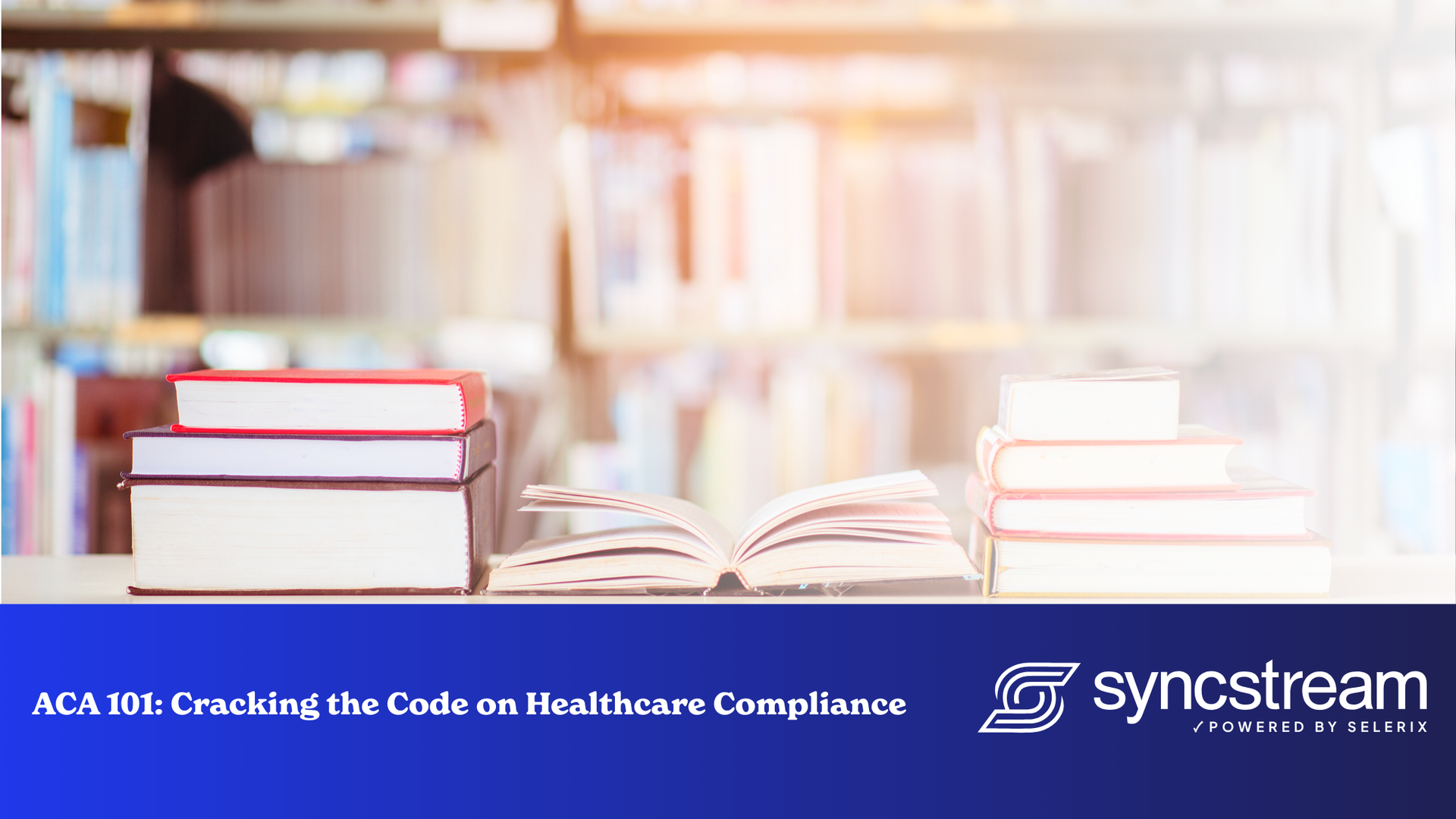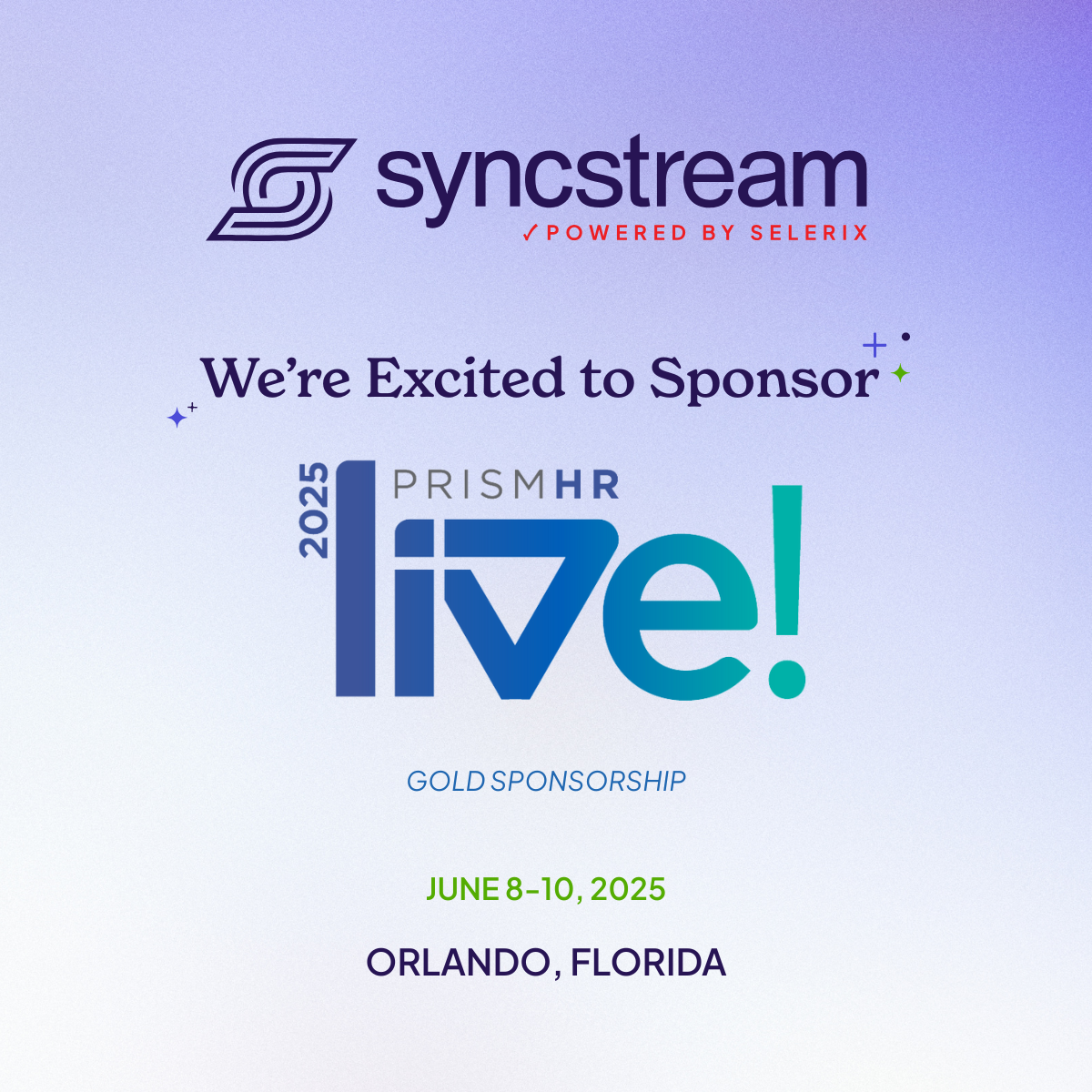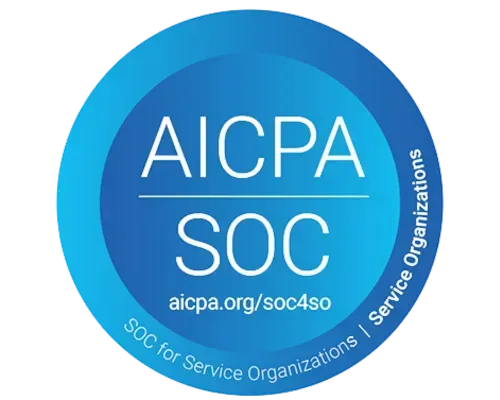Staffing agencies and ACA compliance: The struggle is real
The Affordable Care Act (ACA) is not going away any time soon. And, after three reporting seasons, the law has proven to be more difficult for some industries than others. One industry dealing with tricky rules is staffing agencies.
As an industry with a large turnover rate, an unconventional hour-to-dollar ratio, and a majority of employees working part-time, staffing agencies have a lot to take under consideration to determine whether they’re complying with ACA regulations. It’s not an easy task.
Fortunately for staffing agencies, paying attention to a few important details can go a long way toward avoiding unwanted ACA penalties.
The most important question: Who is actually paying the employee?
Who does the employee work for? This seems like a simple enough question. And yet, when it comes to staffing agencies, it’s not always that cut and dry.
The determining factor behind who an employee actually works for is the salary payment itself; who is directly paying the employee, the staffing agency or the employer? The answer to this question is crucial, as it can determine whether you’re on the hook for ACA compliance.
When a staffing agency is placing vs. paying the employee
If you’re placing an employee with a company and receiving some sort of commission, you have a different set of responsibilities than if you’re paying the employee directly. Each scenario must be dealt with differently.
Staffing agency as a placement company: If you help an employee get hired as either a seasonal, part-time, or full-time employee, and you receive a commission for your efforts, then you are not responsible for offering benefits to the employee. In this scenario, the employer is paying the placed employee directly.
Staff agency directly paying employee: Particularly in the service and manual labor industries, the staffing agency often pays the employee directly for the time worked in a given role. This means they are on your payroll and considered your employee. Should this be the case, and you have 50 or more full-time equivalent employees, you are an applicable large employer (ALE). Under the ACA, ALEs have to offer benefits for all employees working an average of 30 hours per week or more. This holds true even if an employee is working part-time at multiple locations.
Why some staffing agencies overlook their ACA responsibilities
Tracking hours for employees you pay directly is crucial. Unfortunately, not all staffing agencies stay up to date on tracking their employees’ hours, which leads to unforeseen hiccups.
You might miss that some of the part-time employees you staff out and pay directly have hit the 30-hours-a-week threshold and are now considered full-time under the ACA. Even if you provide insurance to internal full-time employees, you’ll be on the hook for all the formerly part-time employees you missed.
This can leave you scrambling, forcing you to hire someone – or find a program – that can go back and accurately track the hours. But if you start tracking now, you won’t have to deal with that rush, because you’ll already know which employees are on your payroll (vs. those being paid by the company where they were placed), while also having an accurate count of all your employees.
Among staffing agencies that do keep close track of hours, some even limit the number of hours they staff employees they pay directly. This is done to ensure those employees remain at or below 30 hours so the agency isn’t required to offer benefits.
Tracking hours to save time and resources
No one wants to find themselves scrambling for information right before it’s time to file. This can be especially problematic if you’re a staffing agency.
To avoid potential pitfalls, make sure you track the number of your full-time equivalent employees to see if you’re an ALE and properly record the hours worked by full-time, part-time, and seasonal employees. Learn more about how to stay on top of ACA regulations





